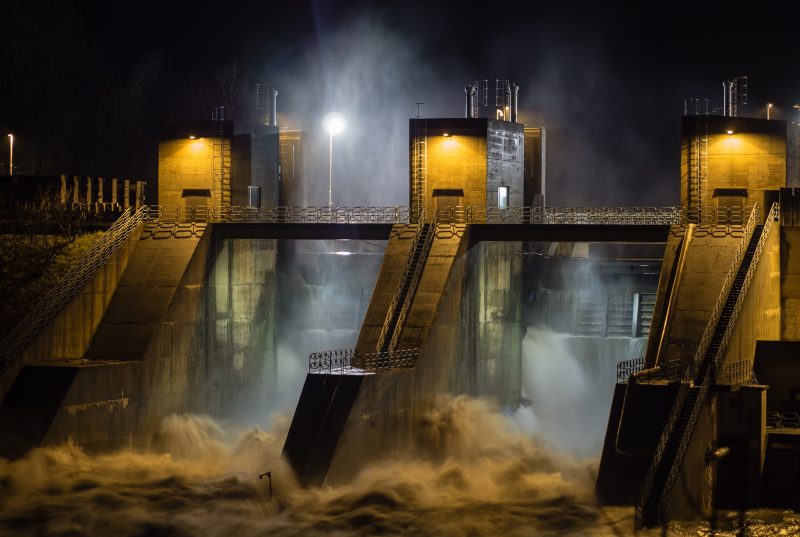These days, modern surveyors need more than a basic understanding of land management, earth sciences, and measuring techniques.
In a world where surveying skills are in high regard, it’s necessary for surveyors to supplement those three knowledge bases with a comprehensive understanding of both geoinformatics and management skills.
A surveyor should be able to collect and present geometric and spatial data in a way that helps inform rescue efforts, ultimately resulting in lives saved.
Natural Disaster Prevention Preparedness
Surveying can facilitate natural disaster management by providing research centres with high-accuracy preventative technology. For example, surveyors can take the results of daily seismometer tests and attribute them to various location points in a Geographical Information System (GIS).
This makes predicting natural disasters a much more comprehensive activity – after all, if the environment is not understood in all its aspects, there is little that experts can do to predict how it will behave at any given point in time.
Surveying techniques like technology-integrated field mapping help disaster prevention initiatives by presenting a detailed map of a specific area.
Maps with this type of spatial data allow disaster prevention committees to plan evacuation routes for potentially affected communities, as well as inform any environmental planning that may need to take place – take storm drainage systems and reinforced buffer zones, for example.
Natural Disaster Preparedness
Having current and accurate geospatial data on hand is necessary to prepare communities for potential natural disasters.
A well-managed map of an area will provide the necessary authorities with data on local facilities like hospitals; potential routes to relocation points; and access routes in case of an emergency. Knowing exactly where potential risks may occur in the event of a natural disaster is integral to planning ahead and ensuring safety of communities.
Mitigation of Natural Disasters
As part of a natural disaster preparation initiative, a risk assessment of the given area must be carried out. Surveyors can provide risk assessors with quality geospatial information about the risks the area carries, as well as how to plan and monitor disasters if and when they occur.
In order to effectively mitigate the risk factor of a potential disaster zone, the following preventative measures may be carried out:
- Environmental monitoring
- Hazard mapping
- Enforcement of land use and zoning practices
- Implementation of building codes
- Construction of reinforced tornado safe rooms
- Running electrical cables underground to prevent ice build-up
- Raised home planning in flood-prone areas
Working alongside local experts, surveyors will be able to recommend flood barriers (a structural defence), or land-use zoning (a non-structural preventative measure). These recommendations will be made based on current, accurate geoinformation and spatial data, which can be stored in a GIS for easy access by the relevant authorities.
Natural Disaster Response
Surveyors are responsible for capturing and recording Spatial Data Information (SDI) – this type of data is integral to ensuring emergency response operations operate smoothly.
By recording SDI, surveyors enable first responders to speedily and efficiently mobilise ground and aerial rescue units in order to safely enter a disaster zone.
Additional geometric data stored using surveying technology allows emergency response operation managers to find out crucial information about the affected area. For example, ground units will need to know the exact location and capacity of nearby hospitals, and whether they’re accessible by road.
This sort of data will only be available if there is reliable spatial data to process using a Geographical Information System (GIS).
Get in touch!
If you’re worried about the lack of action being taken in your natural-disaster prone area, you may benefit from a Landform Survey. Get in touch today.


